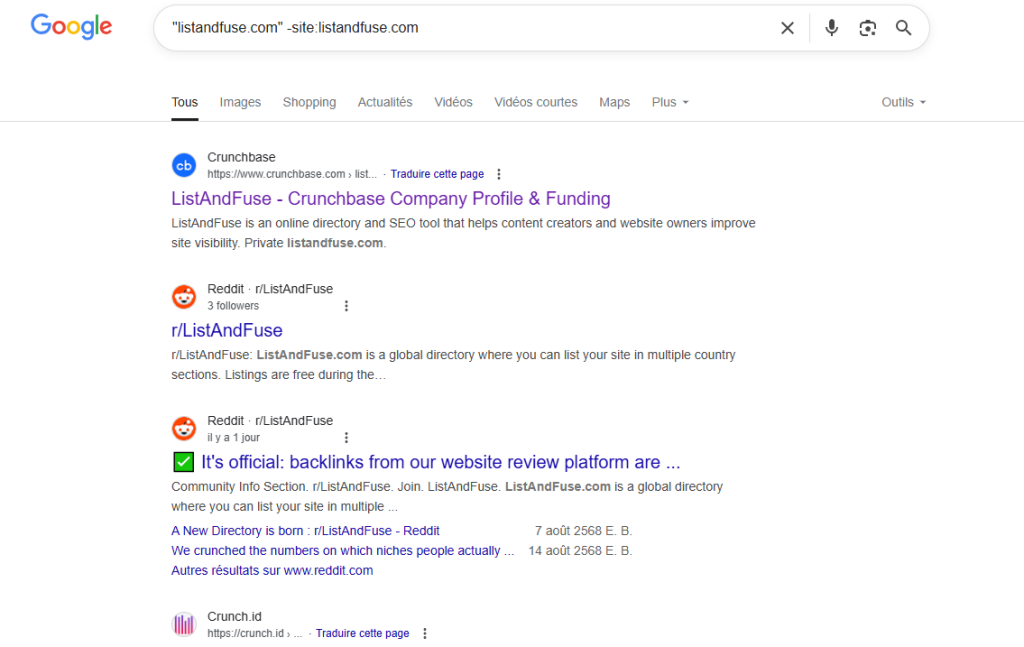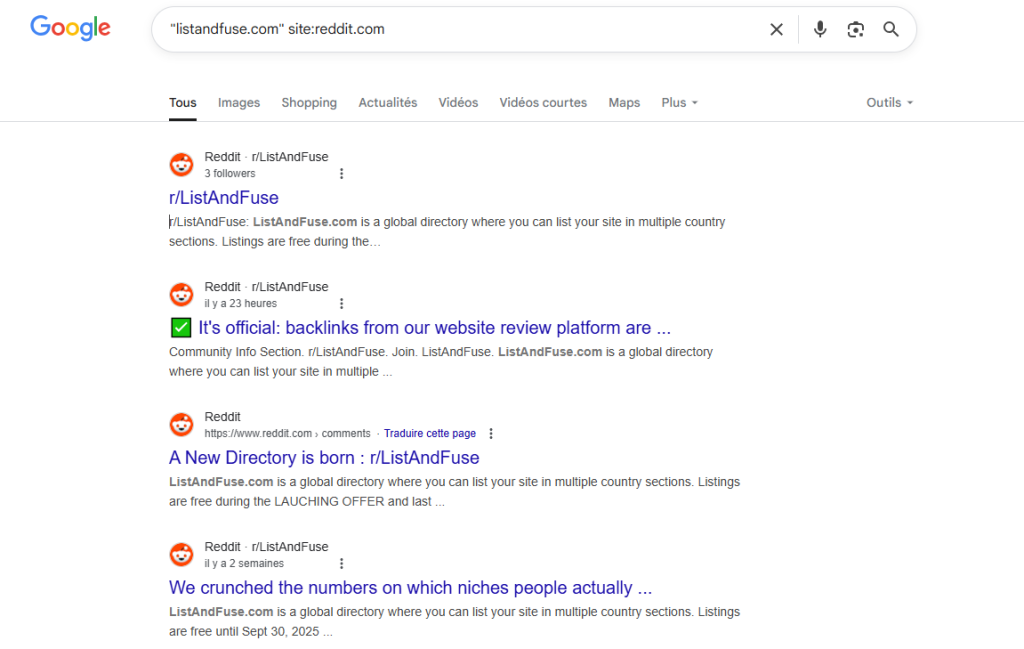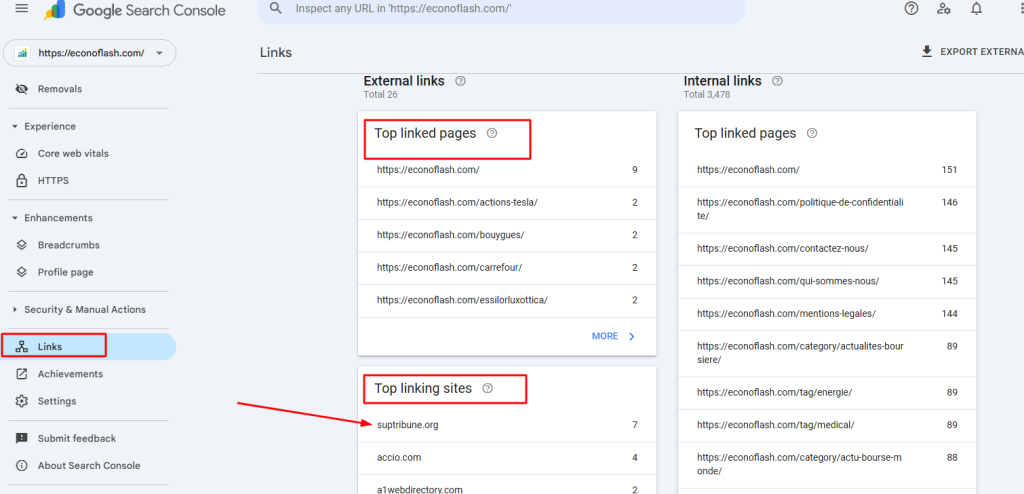Any link from another website that points to yours is a backlink—but not all backlinks are good for your SEO. In fact, some can actually harm it. Backlinks are meant to bring natural traffic to your site, but if they don’t appear natural, you could get penalized without even knowing it.
Let’s take a closer look at what a backlink is in SEO, how it works, and how to add them properly.
What Is a Backlink in SEO?
The word “backlink” comes from the world of SEO (Search Engine Optimization). It refers to an external link placed on another website that points to your site.
Think of it like this: if a plumber lists his business in a local directory, he hopes that nearby customers will find that link and click on it to get in touch.
So, a backlink is a way to connect professionals with potential customers—and that includes B2B situations as well.
But there’s more to it: backlinks also carry what we could call “SEO juice”. Even if nobody clicks on the link, Google notices that another website linked to you—and that counts as a positive signal. It suggests your site is worth referencing.
So, backlinks serve two purposes:
- Bring real visitors to your website, for example with online reviews from your users.
- Help boost your site’s ranking in Google and other search engines.
But it’s that second part that can be tricky. Google doesn’t like links added purely to improve SEO rankings. It wants backlinks to exist because they bring genuine traffic.
What Makes a Good Backlink? And a Bad One?
A good backlink comes from a reputable website and follows Google’s guidelines. A bad backlink breaks those rules and could damage your SEO. Here are three common mistakes to avoid:
- Link farms: Don’t post links on sites that only exist to collect outbound links. These sites don’t care if anyone clicks; they just exist to sell backlinks. Google sees right through that.
- Mass posting: Don’t create a huge number of backlinks in a short time. That’s a red flag. If you suddenly get 100 backlinks in one day, Google may suspect manipulation and penalize your site or even remove it from search results.
- Low-quality content: Avoid creating low-effort content just to insert a link. Google notices when a new article has only one purpose: to point to another site. If users aren’t engaging with the content, that backlink won’t help you—it might even hurt.
A good backlink, on the other hand, is:
- Found on a site that gets real visitors,
- In a piece of content that people actually read,
- And in a place where people are likely to click the link.
That’s what we focus on with our directory: we ask users to fill out website reviews by answering a few simple questions. Why? Because these reviews are genuinely helpful for other users looking for similar sites—and they include links that make sense in context.
How Many Backlinks Can You Add Per Day?
Since good backlinks bring traffic and improve rankings, it’s tempting to add as many as possible. But be careful—more isn’t always better.
There’s no strict rule about how many backlinks you can add per day. It all depends on how natural it looks.
Let’s say you post about your services on five forums. That’s reasonable—five backlinks in one day from relevant forums won’t raise alarms.
But if you somehow publish 10 guest blog posts in one day, Google may see that as suspicious. The difference? Natural behavior. If the site is designed for service listings, multiple backlinks in a day make sense. But too many blog posts in a day doesn’t feel organic.
Another example: five backlinks from five high-traffic, reputable sites in one day may be fine. But one backlink per week, from similar high-quality sites, will look more natural and probably have better long-term impact. Private Blog network owners can advise you on the right frequency
How Do I Check How Many Backlinks My Site Has?
You might be wondering: “How many backlinks does my site have and how many more do I need?”
Again, it’s not about quantity alone, quality is more important. But to check your backlinks, here are three methods:
1. Use Free Online Tools
Visit tools like SEO Review Tools Backlink Checker. These show you which pages on the web contain links pointing to your site.
2. Use Search Commands in Your Browser
Try typing these search prompts into Google:
To find general backlinks to your site:
"mywebsite.com" -site:mywebsite.com

To find backlinks specifically from a media, for example Reddit:
"mywebsite.com" site:reddit.com

However : Not all links found this way are counted as “backlinks” by Google.
3. Use Google Search Console (Best Method)
Go to the “Links” section of your Google Search Console. Here, you’ll see:
- Which domains link to you,
- How many links they’ve created,
- And the exact pages where your backlinks appear.

This is the most accurate way to see which backlinks really count in Google’s eyes.
Why Should You Track Your Backlinks?
Even though Google’s algorithms keep improving and catching bad links, some slip through. Unfortunately, competitors with bad intentions may try to harm your SEO by linking your site from spammy or toxic sources.
That’s why you should regularly check your backlinks.
If you find any suspicious links, use Google’s Disavow Tool. You can create a list of pages or entire domains you want to disassociate from. Once submitted, Google will ignore those links in its ranking algorithm—the effect is often immediate.
This post was redacted by a human, then translated by AI.
